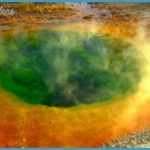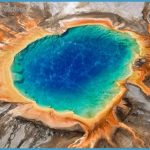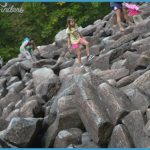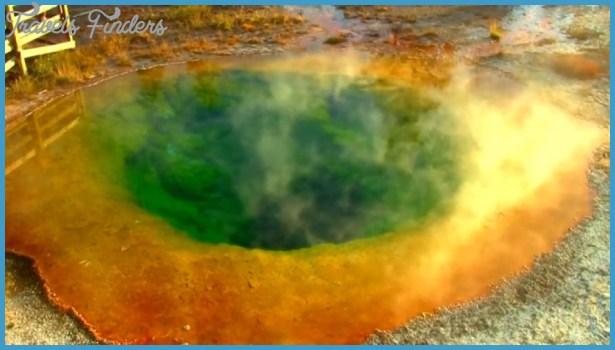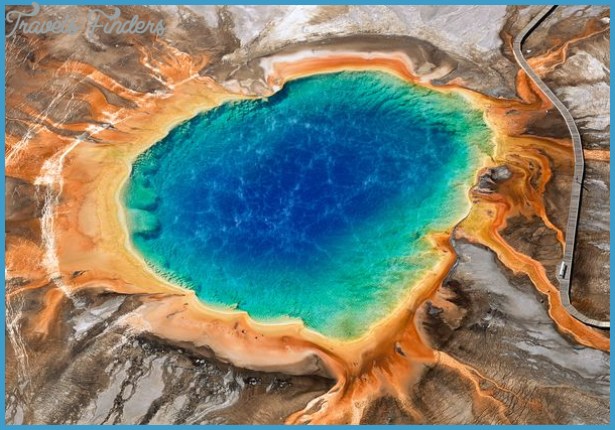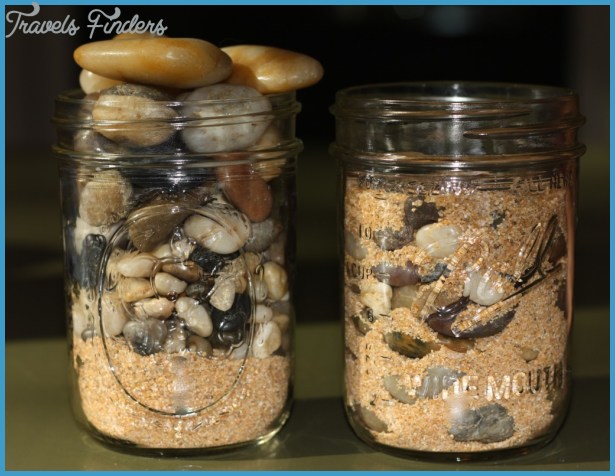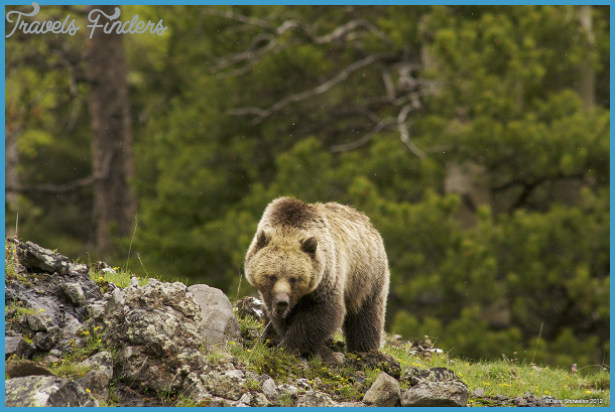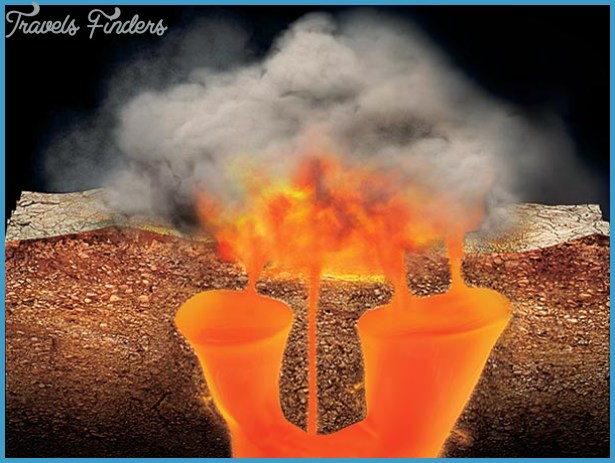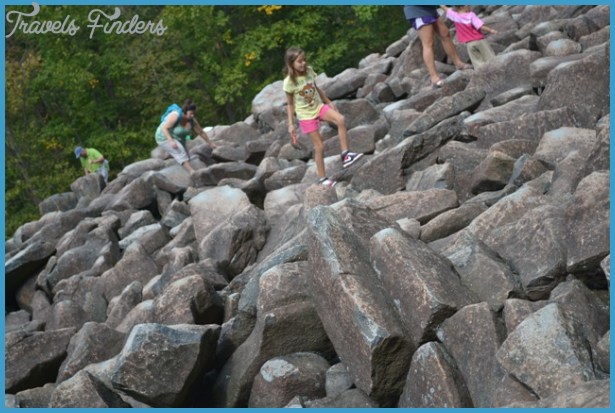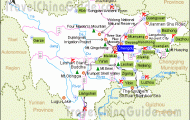Yellowstone National Park is a showcase for some of the world’s best examples of spectacular geological features. In this chapter we explain the 3-billion-year development of the region and speculate about future events. These s describe the causes and processes that created such things as the geysers, canyons, waterfalls, and mud pots. We point out specific examples of these features that are visible from the road and also show their locations on the Geological Points of Interest map.
The boldfaced numerals such as [GEO. 1], representing places discussed sequentially in this chapter and appearing in the road logs, correspond to locations on the map. Early geological history The North American continent has existed for approximately 3.8 billion years, although it was not always so large. The oldest rocks in Yellowstone Park itself are about 2.7 billion years old. These are accessible at the roadside on the Northeast Entrance Road in Lamar Canyon [GEO.1] and where U.S. Highway 212 crosses over the pass in the Beartooth Range outside the Northeast Entrance. Similar aged rocks form essentially all of the eastward-facing side of the Teton Range south of Yellowstone. These rocks are granites and gneisses. They are coarse-grained rocks often containing one-half inch (1 cm) mineral crystals. They formed at high temperatures over 1100°F (600°C) at depths in the earth of 5 to 10 miles (8-16 km). Granites form by crystallizing, that is, solidifying, from molten rock. Gneisses are made deep within the earth by reactions between minerals that are unstable at high temperatures and so react to transform themselves (metamorphose) to produce new minerals, such as mica and feldspar. These minerals are easily seen in the roadside outcrops mentioned in the paragraph above.
The granites and gneisses have since been uplifted to the surface. In fact, they were formed as the roots of a 3-billion-year-old mountain range that has long since been eroded away. Not much is known about the Yellowstone region from the time of those ancient mountains until about 80 million years ago, a time gap of 2.9 billion years. Clues about this tremendous gap in time are sparse. The roots of a 1.6-billion-year-old mountain range are found in the Gravelly Range west of the park and the Gallatin River Canyon north of the park. Within the park, we can see sedimentary rock layers lying flat in a few cliff faces. Most sedimentary rocks are formed by transport of rock or mineral particles to low areas, where they are deposited. The rocks become hard when compressed by thick layers of sediment deposited on top. Transport can be by wind, streams, ocean currents, or glaciers.
The extensive flat-lying sedimentary layers in the park were deposited either in shallow seas or on land, depending upon sea level at the time. Two places to see cliffs of such rocks are at Barronette Peak (lower part of cliffs), near the Northeast Entrance [GEO.2] and at Mount Everts near Mammoth [GEO.3]. The sedimentary rocks in these places were deposited between 600 and 80 million years ago. They are evidence that the much older mountains described above had already been eroded away to form a level plain at or near sea level. Today, many of these sedimentary rocks remain undeformed, except by easily identifiable recent events. One example was the general uplift that formed the Rockies and raised these sediments to their present altitude. Two factors suggest that not much was happening in the Yellowstone area during that gap of 2.9 billion years: the scarcity of rocks older than 600 million years and the fact that the 3-billion-year-old rocks appear to have been undisturbed. But this quiet was about to change dramatically!

